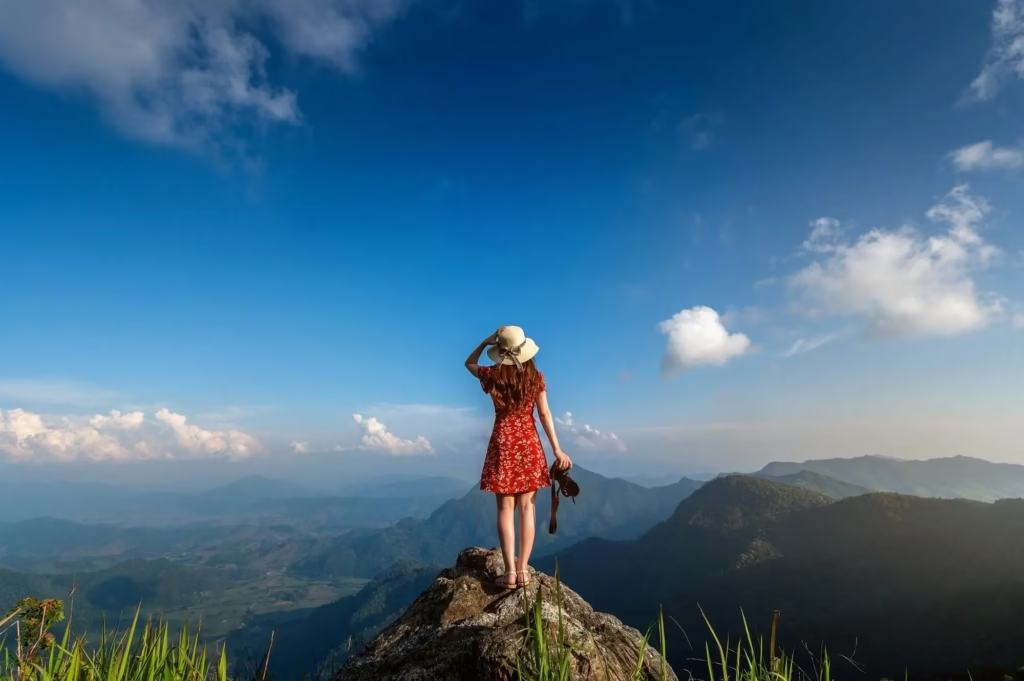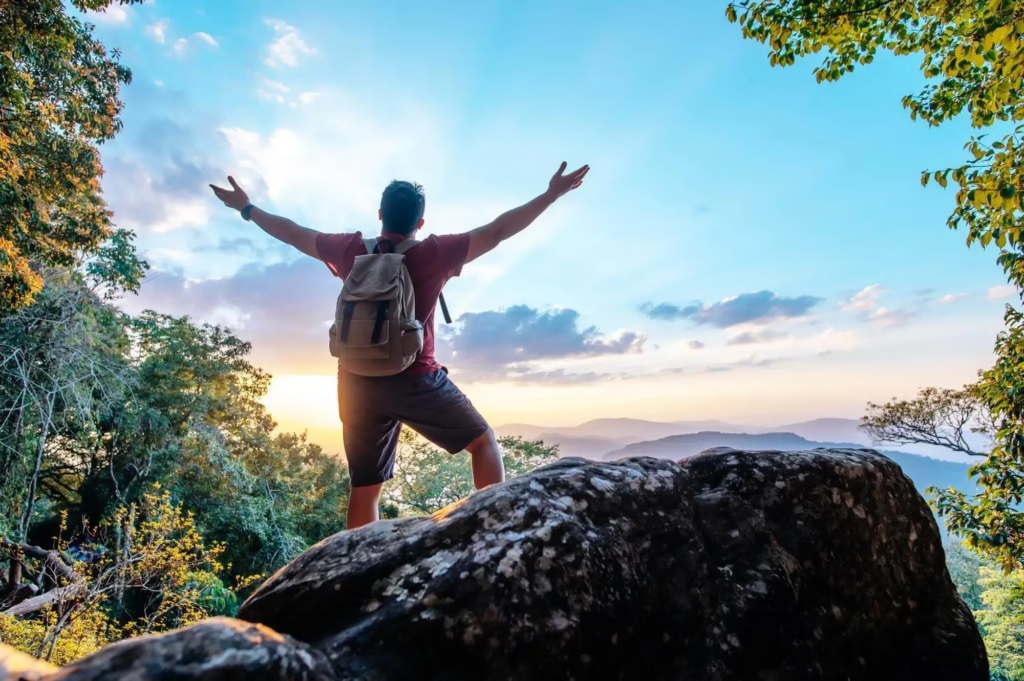Table of Contents
What Is a Trip and Fall Accident?
Defining the Basics
A trip and fall accident happens when someone stumbles over an obstacle or uneven surface and ends up hitting the ground—often hard. These accidents might sound harmless, but they can lead to serious injuries, especially for older adults.
Common Misconceptions
One of the biggest myths is that these incidents only happen to clumsy people. That’s not true. Even the most alert person can get caught off guard by poor lighting, a loose rug, or an unexpected step.
How Trip and Fall Accidents Happen
Most Common Causes
Let’s break it down. These accidents usually occur because of:
Uneven flooring
Loose carpets or mats
Poor lighting
Cables or wires left out
Wet or slippery surfaces
Unexpected steps or elevation changes
Indoor vs Outdoor Incidents
Inside, people trip over rugs, clutter, or stairs. Outside? It’s all about cracked sidewalks, potholes, or ice in colder months.
Who’s at Risk?
Age-Related Vulnerability
Older adults are more likely to trip and fall. Why? Slower reflexes, weaker muscles, and sometimes poor vision. But kids and younger adults aren’t immune either—they’re just more likely to bounce back.
Workplace vs Home
Workers in construction, hospitality, and healthcare face higher risks on the job. Meanwhile, at home, anyone moving around with distractions (hello, smartphones) is fair game for a fall.
Common Injuries Caused by Trip and Fall Accidents
Physical Injuries
Sprains and strains
Broken bones (especially wrists and hips)
Head injuries, including concussions
Back and spinal cord damage
Psychological Effects
A bad fall can do more than just physical harm. Many people—especially seniors—develop anxiety or fear of falling again, which can lead to reduced movement and isolation.
How to Prevent Trip and Fall Accidents
Safety Tips for Homes
Keep walkways clutter-free
Use non-slip rugs
Install handrails and grab bars
Ensure proper lighting
Safety Tips for Businesses
Regularly inspect floors
Train employees on hazard awareness
Use warning signs for wet floors
Address complaints quickly
Seasonal Considerations
Winter’s a major culprit. Ice and snow need to be managed immediately. In the fall, watch out for wet leaves and rain-soaked surfaces.
Legal Aspects of Trip and Fall Cases
What Is Premises Liability?
This is the legal term for a property owner’s responsibility to keep their space safe. If someone trips due to their negligence, they could be held liable.
When Is a Property Owner Liable?
If they knew (or should have known) about a hazard and didn’t fix it or warn others, they’re in hot water legally.
Steps to Take After a Trip and Fall Accident
Seek Medical Help Immediately
Even if you feel fine, get checked out. Some injuries—like internal bleeding or concussions—aren’t obvious right away.
Document the Scene
Take photos. Get names of witnesses. Save your shoes (seriously—slip resistance could be a factor).
Report the Incident
Let the business or property owner know. Make sure it’s in writing and you get a copy.
How to File a Trip and Fall Injury Claim
Time Limits and Statutes of Limitations
Each state has its own deadline to file a claim—usually between one to three years. Miss that window and you’re out of luck.
Gathering Evidence
This includes:
Photos of the scene
Medical records
Witness statements
Surveillance footage (if available)
What to Expect During a Trip and Fall Lawsuit
The Legal Process Explained
Here’s the usual path:
File a claim
Attempt a settlement
If needed, go to trial
Settlement vs Trial
Most cases settle out of court. But if the other side isn’t offering fair compensation, a trial may be necessary.
Compensation You Can Claim
Medical Bills
Covers hospital visits, physical therapy, prescriptions, and even long-term care.
Lost Wages
If your injury keeps you from working, you can claim that lost income.
Pain and Suffering
This includes physical discomfort and emotional distress.
Hiring a Personal Injury Attorney
What to Look For
Experience with trip and fall cases
Clear fee structure (many work on contingency)
Good reviews or recommendations
Questions to Ask
Have you handled similar cases before?
What’s your success rate?
How long will my case take?
Real-Life Case Examples
Success Stories
A woman won $300,000 after tripping over an unmarked curb in a poorly lit parking lot. Her attorney proved the business ignored multiple complaints.
Lessons Learned
Every case is unique, but the takeaway is the same: documentation and quick action matter.
Trip and Fall Statistics
Global and National Data
Falls are the second leading cause of accidental injury deaths globally
In the U.S., over 8 million ER visits are due to falls annually
Seniors account for over 60% of fatal falls
Trends Over Time
With aging populations and growing urban infrastructure, fall risks are on the rise—especially in densely populated cities.
Trip and Fall Prevention Technologies
Smart Flooring and AI
Smart sensors in floors can now detect trips in real time and alert caregivers or security.
Wearables and Monitoring Devices
Smartwatches and fall-detection gadgets can call emergency services the moment a fall is detected.
Conclusion and Final Thoughts
Trip and fall accidents aren’t just embarrassing stumbles—they’re serious events that can change lives. Knowing how they happen, how to prevent them, and what steps to take afterward can make a huge difference. Whether you’re a homeowner, business owner, or someone who just wants to stay safe, it pays to stay aware and be prepared. Prevention is power, and knowledge is your best defense.
Frequently Asked Questions (FAQs)
What’s the difference between a slip and fall and a trip and fall?
A trip and fall usually involves catching your foot on something, while a slip and fall is caused by losing traction—like on ice or a wet floor.
Can I sue if I trip and fall in a public place?
Yes, if the fall was due to negligence and you can prove liability, you may be able to file a claim against the responsible party.
How much compensation can I get for a trip and fall case?
It depends on the severity of your injuries, medical bills, lost income, and pain and suffering. Some cases settle for thousands; others go into six figures.
Do I need a lawyer for a trip and fall claim?
While not legally required, a lawyer significantly improves your chances of getting fair compensation—especially if the case goes to court.
What should I do immediately after a trip and fall accident?
Seek medical help, document the scene, gather witness info, report the incident, and contact a lawyer.





I truly appreciate this post. I’ve been looking all over for this! Thank goodness I found it on Bing. You have made my day! Thanks again
I’m not certain where you’re getting your info, however good topic. I needs to spend a while studying more or understanding more. Thanks for magnificent info I was looking for this info for my mission.
I’d have to examine with you here. Which is not one thing I usually do! I take pleasure in reading a post that may make folks think. Additionally, thanks for permitting me to comment!